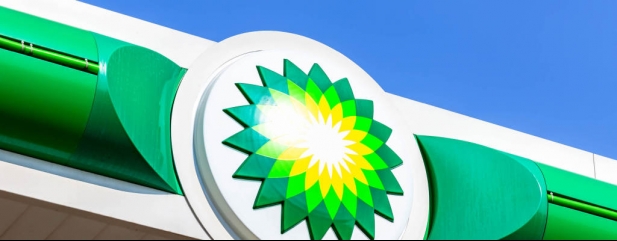Archived article
Please note that tax, investment, pension and ISA rules can change and the information and any views contained in this article may now be inaccurate.
Should BP have cut its dividend more?

A little more than three months after Royal Dutch Shell (RDSB) moved to cut its dividend, BP (BP.) has followed suit alongside its second quarter results (4 Aug).
This was widely expected and the market’s attention appears to have been drawn to further details on the long-term strategy which imply a marked move away from hydrocarbons and a possible route back to growth. This helped the shares rise more than 7% to trade above 300p.

Berenberg analyst Henry Tarr said: ‘The focus may be on the strategy update rather than earnings, where the company is signalling an aggressive shift away from hydrocarbon production and into low carbon activities, and is targeting 7-9% EBIDA (earnings before interest, depreciation and amortisation) growth per share to 2025.’
It is probably good for BP that its immediate earnings performance was put in the shade. The company revealed $9.2 billion of impairments pinned partly on falling crude prices. It declared a dividend of 5.25 cents per share for the quarter, down 50% from the previous quarter and said the dividend reset would remain fixed at this level. BP previously suspended dividends altogether in the face of the Gulf of Mexico oil spill in 2010.
STILL A GENEROUS YIELD
Even at the reduced level of dividend the shares offer a forward dividend yield of more than 5%, assuming it is maintained throughout 2021. Thanks to the writedowns net losses for the three months through June amounted to $16.85 billion, compared to losses of $4.37 billion in the first quarter.
Earnings in its trading division were actually bolstered by the volatility, with the posted total of $1.4 billion comparing with just $300 million pencilled in by analysts. This demonstrated one of the benefits of having diversified exposure to the energy market.
The lingering question is whether BP has gone far enough with the dividend – its cut of 50% compares with Shell slashing its own payout by two thirds back in April.
While the recent launch of hybrid bonds, classed as equity rather than debt, may have optically reduced the level of gearing, net borrowings remain elevated at more than $40 billion.
This raises the question of whether BP can deal with continuing coronavirus-inspired oil price volatility, service its debts and invest in a move away from fossil fuels.
Chief executive Bernard Looney is likely to face scrutiny on how he will balance these competing pressures at a long-awaited capital markets day event in mid-September.

Important information:
These articles are provided by Shares magazine which is published by AJ Bell Media, a part of AJ Bell. Shares is not written by AJ Bell.
Shares is provided for your general information and use and is not a personal recommendation to invest. It is not intended to be relied upon by you in making or not making any investment decisions. The investments referred to in these articles will not be suitable for all investors. If in doubt please seek appropriate independent financial advice.
Investors acting on the information in these articles do so at their own risk and AJ Bell Media and its staff do not accept liability for losses suffered by investors as a result of their investment decisions.

 magazine
magazine








